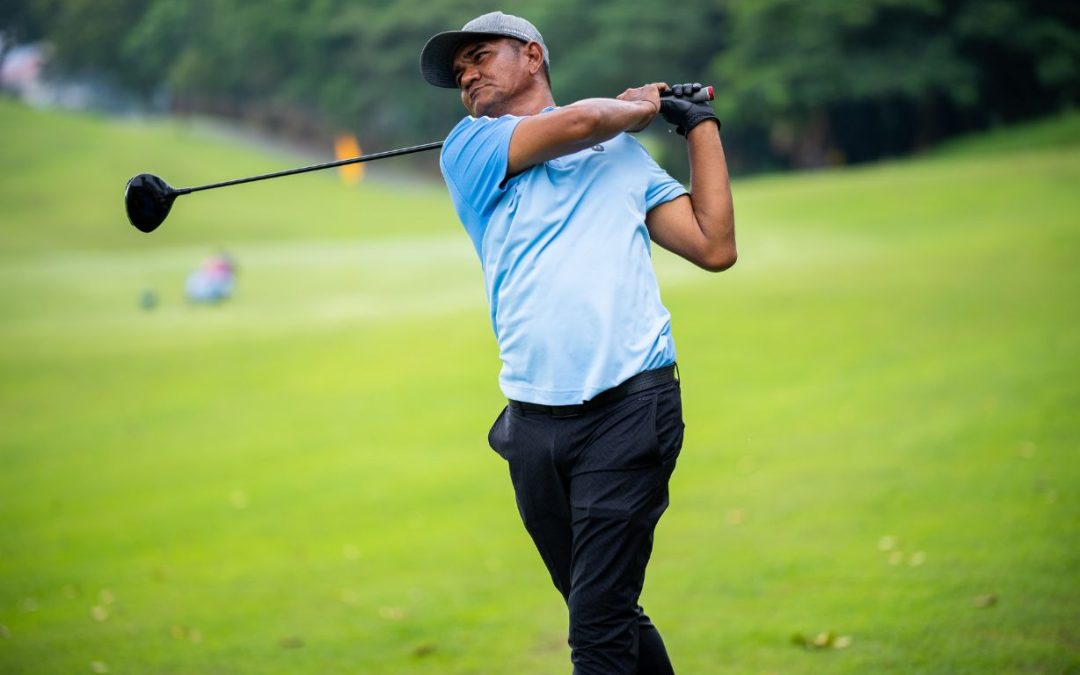🌀 Rotational Muscle Imbalance: A Hidden Risk for Golfers, Hockey Players & Baseball Athletes
Athletes who play rotational sports like golf, hockey, baseball, and tennis often develop strength, power, and precision—but they’re also prone to a common yet often overlooked issue: rotational muscle imbalance.
In this article, we’ll explore what rotational imbalance is, how it develops, how it affects athletic performance, and most importantly—how physiotherapy, chiropractic, and massage therapy can help correct it and prevent injury.
💡 What Is Rotational Muscle Imbalance?
Rotational muscle imbalance occurs when the muscles used to rotate the body in one direction become significantly stronger or tighter than the opposing side. Over time, this one-sided dominance leads to:
-
Muscle shortening or stiffness
-
Reduced mobility in the spine or hips
-
Weakened opposing muscles
-
Joint wear and tear from compensation
This kind of imbalance is especially common in athletes whose sport emphasizes repetitive rotation in a single direction—think of a golfer’s swing, a baseball player’s batting motion, or a hockey player’s slap shot.
⚠️ How It Affects Rotational Athletes
🏌️ Golfers
Golfers repeatedly rotate through the same swing pattern, often leading to:
-
Tightness in one side of the torso and hips
-
Lower back pain due to spinal torsion
-
Imbalanced core activation
-
Decreased swing power and accuracy
🏒 Hockey Players
Hockey players shoot and pass in one direction thousands of times per season. This can result in:
-
Shoulder and trunk imbalance
-
Limited thoracic rotation on the non-dominant side
-
Hip flexor tightness on the lead leg
-
Chronic groin strain or lower back pain
⚾ Baseball Players
Pitchers and batters rotate explosively in a consistent direction, which often causes:
-
Overdeveloped obliques on the dominant side
-
Decreased scapular stability on the throwing side
-
Increased risk of shoulder and elbow injuries
-
Compensatory movement in the lumbar spine
🎾 Tennis Players
Tennis involves constant torso rotation, especially during serves and forehands. Over time:
-
One side of the core becomes overly dominant
-
Hip and lumbar rotation become asymmetrical
-
Athletes experience shoulder impingement, lower back tightness, or hip pain
🔍 The Hidden Signs of Rotational Imbalance
Even before pain shows up, your body may be sending subtle warning signs, such as:
-
Reduced range of motion on one side
-
Muscle fatigue or cramping on the dominant side
-
Lower back tightness after activity
-
Hip stiffness or clicking
-
Decreased performance or control during rotational movements
Left uncorrected, this imbalance can lead to chronic pain, poor performance, and serious injury—especially under load or fatigue.
🛠️ How to Correct Rotational Muscle Imbalances
A balanced athlete is a resilient athlete. Here’s how a team approach with physiotherapy, chiropractic, and massage therapy can help:
✅ Physiotherapy
-
Assessment of muscle firing patterns and range of motion
-
Corrective strength exercises to activate underused core, glute, and shoulder stabilizers
-
Neuromuscular retraining to restore symmetry in movement patterns
-
Sport-specific rehab to fine-tune rotational mechanics
✅ Chiropractic Care
-
Spinal and pelvic adjustments to restore proper joint alignment
-
Thoracic and lumbar mobility work to support efficient trunk rotation
-
Posture correction to prevent compensatory stress on joints
-
Ongoing performance care to improve functional movement and coordination
✅ Massage Therapy
-
Targeted myofascial release for overused obliques, hip flexors, and lower back muscles
-
Trigger point therapy to relieve tension and improve mobility
-
Assisted stretching techniques to restore symmetry
-
Circulation boosting techniques to support tissue repair and recovery
🎯 Prevention Tips for Rotational Athletes
-
🔄 Train both sides: Incorporate opposite-side rotations and unilateral strength training into your workouts.
-
🧘♂️ Stretch daily: Focus on hips, spine, and shoulders to stay loose and mobile.
-
📏 Get assessed: A trained practitioner can detect early imbalances and correct them before pain sets in.
-
🌀 Cross-train: Add variety to reduce repetitive strain and strengthen underused movement patterns.
🏆 Balance Leads to Better Performance
Rotational sports demand power, precision, and control—but when one side of the body dominates, it can lead to dysfunction, injury, and burnout. By addressing rotational muscle imbalance early—with the help of a skilled rehab team—you’ll not only stay pain-free, but also unlock more balanced power, smoother mechanics, and longer athletic longevity.
Whether you’re a weekend warrior or a competitive athlete, don’t ignore the signs of imbalance—your future performance depends on it.
Need help restoring balance? Our clinic offers comprehensive assessments and personalized care plans to help athletes in Victoria stay strong, mobile, and injury-free. Book your session today!

